Photography—it’s all about passion, skill, and commitment. Ever wondered what a day in the life of a professional photographer is like? Every week, we ask a 500px photographer to document a day at work, giving you an exclusive, behind-the-scenes look at their shooting schedule and techniques in the field.
This week, we’re going on an expedition with urban exploration (a.k.a. urbex) photographer James Charlick. By day, he is a web and graphic designer in Worcestershire, England. When he’s not at his day job, he takes a Nikon D300 to head out and shoot overgrown ruins and vast, derelict spaces. As you all know, 500px has a dedicated Urban Exploration category. James’ photographs of abandoned spaces simply stand out from the pack. See for yourself in some of his bold, striking work:
From catacombs to rooftops to condemned buildings—a day in the life of an urban explorer can get a little dangerous—illegal even. But some photographers love this type of work beyond the mere thrill of it. They’re in it for the rare and profound photo opportunities in places that are not always accessible to just anybody. And aren’t you just curious about what it really takes to be a urbex photographer? Then read on as James Charlick documents an action-packed day, venturing in and out of dilapidated hospitals, churches, and other decaying spaces!
Urbex photographer James Charlick at work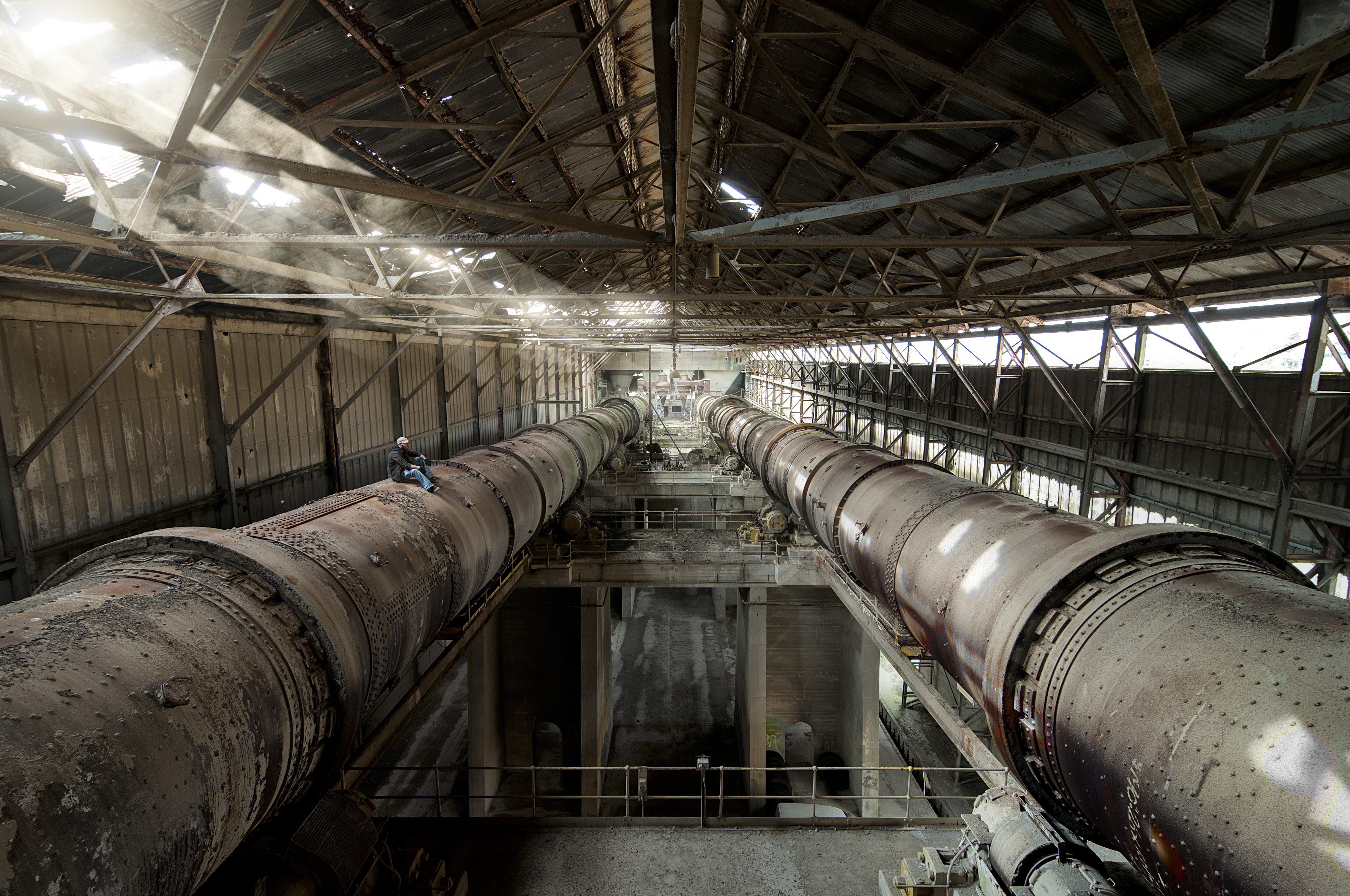
24 Hours in the Life of Urban Explorer James Charlick
What is Urban Exploration?
Urban Exploration is an extremely broad photography category. There is so much scope in the many sub-genres. Some explorers love skyscraper roof-topping, while others focus entirely on underground mines, drains, sewers, and dis-used railway tunnels. The most well-known of genres is the derelict building. Each will have its own challenges with getting in, photographing, and getting out—all ideally without being noticed by security or local curtain twitchers.
I should probably have explained this from the beginning: letting yourself into an abandoned building is not exactly legal. People tend to assume you’re there to steal and vandalize the locations—and that’s fair, considering many people do those things and more. The law varies from country to country, so make sure you’re aware of any potential consequences if you fancy a little exploration yourself. You could share a joke with the friendly security guard while walking to the exit, or you could walk around a corner into the local constabulary brandishing guns while shouting quickly in a language with which you can barely get by ordering a beer.
There are more socially acceptable ways to photograph dereliction. However, one of my most well-liked and popular images is from a bombed-out church shell in Central London which is now a public garden. Alternatively, a tour of the Chernobyl Exclusion Zone will certainly tick many dereliction boxes.
I will assume that you are interested in hearing about my day of exploring rather than hearing about my expertise in photography and digital processing. This day is part of an end-of-summer road trip with 3 friends in which we drove around Belgium, Luxembourg, Western Germany, and Northern France over the course of a week. Here, I’m seeking out empty and derelict buildings to explore and photograph.
6 A.M. I awake on the roof of an abandoned factory in Mechelen, Belgium, to the sound of an industrial water pump running in the foundations of one of the neighbor buildings. It isn’t our first choice of place to sleep, but it was summer. There is no risk of rain or cold overnight. It is already around 20 degrees Celsius. As one of four on the expedition, I carry with me a large rucksack full of clothes and sleeping gear, my small camera bag, and tripod. We carried the gear down through the stripped-out factory to the ground floor, out a window, and over the 6-foot fence towards our car. We want to be out of there before the workforce arrives in the morning. Climbing fences before the first coffee of the day is not recommended.
7 A.M. Driving to a nearby monastery which is adjoined to the town secondary school. It’s summer, so the school wouldn’t be used. The risk could be minimal. We walk openly around the dis-used building until we find an entrance to the basement through a tiny window. Looking inside, we can see it was flooded, which provided some challenges for us. I go in first, since I’m skinny and could squeeze through easily. I want to test the water level with my Wellington boots. It turns out there was around 6 inches of water, so we had to bail and go. We hadn’t planned on any draining, and therefore, had no waders. 3 of us go in first before making the shuttle run back with an empty pair of Wellies—someone always forgets something. The location itself is uninspiring, a modern chapel, some empty rooms, and corridors. However, the exit wasn’t so boring. I exit last, having my boots delivered back to me and being informed it was getting busy on-site. I reach the window. Just as I am about to shove my tripod through the neck-height window, a cyclist passed about a foot from the window. I nearly drop my tripod into the murky water! With no choice but to leave—and no one available to indicate if the coast was clear—I simply push through and cross my fingers. Climbing out, I manage the short jog to the front of the building as a car was turning in. The driver sports a quizzical expression, as he looks over my disheveled appearance and soggy Wellington boots. Nevertheless, we all make it out and drive on to the next location on our list.
9 A.M. Our next stop is Brussels at a mid-conversion city center veterinary college. Being a city center in broad daylight, we had no choice but to say, “Bonjour!” and hold the gate while residents exited the building through a card-activated gate. The buildings all face a large, central garden space, so we cross our fingers and hop through an open ground floor window in full-view of the residents. By this time, many have gone to work, but they regularly call the police if they spot someone entering the remaining unconverted building. One of my colleagues experienced this a month ago.
Warning: If you are squeamish about animals, please skip the next paragraph. Consider this a trigger warning.
While most of the building is empty, the basement has the real treasure. One room at the end of the building has yet to be cleared. There was a tiny street-level window at the top of one wall, but it was the rest of the room is pitch-black. The walls are covered in shelves full of jars upon jars upon jars of animal parts preserved in a formaldehyde-like solution. The jars are almost universally missing lids, and the liquid around the gruesome exhibits had half-evaporated, which created a pungent experience for us. Looking closely, you can see each jar was labelled with the contents: “Thrombosis and clots, heart and arteries”, “Cancerous Intestines”, “Fibre Lipoma, Dog Ovaries”, “Cysts of Dog Ovaries”, and so on. Most are unidentifiable to the un-trained eye, standing prominently in the center of the table was a large jar containing what I assume is half of a boar’s head.
Due to the cramped and cluttered nature of the room, we take turns to photograph what we see around us, making the best we can of the natural lighting and extreme contrast. We have to travel light in order to move quickly and squeeze through small spaces, so a lot of lighting equipment isn’t usually an option. Fortunately, we are not interrupted by the constabulary. So we take our time, taking several exposures to blend later in post-processing in an attempt to balance out the scene.
11 A.M. After leaving the veterinary school, we proceed not to get in anywhere else in Brussels. We tried a church that is known to be grand inside, but is unfortunately landlocked by the surrounding buildings. There is no access anywhere but through the front door, as far as we can tell. A similar scenario takes place at a nearby Art Deco theater. It was stuck in the center of a block of buildings, with only a single door facing the street. We perform a futile yet optimistic lap of the block anyway. Later on, we find out this is a pre-organized permission visit only.
3 P.M. We leave the city center. We are heading to the suburbs where there is an attractive, obviously-looked-after, empty monastery. The site contains office blocks, and the monastery buildings are located at the back of the site. Our plan is to take a roundabout route from the main gate through some woodland, avoiding any roadways and active-looking buildings. We want to keep away from the 9-to-5 crowd potentially entering or leaving the site. We finally arrive at the building by trying the door. The easiest way is usually preferable. And it is open! We spend a couple of hours wandering around inside, not-very-subtly conversing, and joking among ourselves as we took photos. We reach the final staircase and set up to take our last few images—when a lady stepped out of the corner!
In surprisingly-good English, she says to us, “You do know this is private property and that you shouldn’t be here, don’t you? I know that you’re only taking pictures, but please leave now.” We agreed that as soon as I focus the camera and press the shutter, we would move on—and so we did. Clearly, we are not the first to be caught on the premises. She did not seem surprised in the slightest.
6 P.M. Upon reaching our final stop for the day—a building site—we crawl under the fence and clamber through the framework of a new building until we find the adjoining wall to the tiny church on site. Eventually, we find a tiny hole to climb into the first floor of this delightful little chapel. It still has the wooden chairs, bibles, and altar from the final service. Inside, we could hear the kindergarten school next door as parents pick up their children. So we try to be as quiet as mice. But it’s hard to suppress my glee! This is the finest site I had visited. It’s the one I have been eagerly anticipating, especially after a day spent mostly looking at buildings that were in good condition, although empty. We do this for the decay, after all. The atmosphere is wonderful. The building is full of character. Wonderful.
However, all is not perfect. We plan to spend our night here, but it’s clear that the chapel is unsuitable for camping. The floors are littered with debris. There was no space to clear a space to sleep. Even if there is one, it’s unlikely we would enjoy sleeping next to the pigeon excrement in most of the surfaces. Pigeon droppings are actually one of the most toxic substances you’ll find in any derelict space. Arguably, they are more dangerous than several kinds of asbestos. These pigeons must’ve flown in through the broken stained glass windows, trapped themselves in, and panicked, which explains the droppings.
8 P.M. At this point, it’s getting late. We need to find somewhere to crash for the night. Running out of options, we head to our first stop for tomorrow’s expedition. We cross our fingers.
9 P.M. We are at an abandoned nursing home, located on the edge of a small village in the middle of a forest. Upon leaving the car, we hear some almighty crashing and banging. The local residents who were standing outside seem to hear it too. As we walk closer to the nursing home, it’s clear that this is the source of all the noise. Is it thieves stripping the place out or someone high on experimental hallucinogens? We had to find out so we continue into the building. There is nowhere else to go. We could pay for a hotel, but we’re on an extremely limited budget and tired after a full day of exploring and driving. So we made our way inside and find a staircase leading to the roof. Whoever is inside with us could clearly hear us, moving through the building. Suddenly, the noise stops—all was still. Were we the police, called upon by the local villagers to come arrest them? At this point, we hope they would assume so and leave.
Reaching the roof, we barricade the access—both to stop the thieves and the police if they turn up. We lay out sleeping bags and appreciate the view over the forest. We enjoy a peaceful few minutes, chatting idly before settling down for a night under the stars.
Apparently, 20 minutes later, the ruckus starts up once more. The noise of cast iron radiators being thrown through fourth story windows—occasionally without opening said window—and crashing to the floor below echo through the trees and up to us on the roof. But I am dead to it all, exhausted and snoring.
6 A.M. I wake up the following day. My friends are bleary-eyed, grumpy, and somewhat irritated by my bright and sunny disposition. My perfect night’s sleep got me driver’s duties for the morning. It was time to head for Essen, Germany—the home of another explorer who is offering to put us up and show us around for a couple of days. What a gent.
We hope James Charlick’s action-packed day—and somewhat eerie evening—gave you some insights into what urbex photography is all about. Want more inspiration? Check out this thrilling photo roundup of abandoned places that James captured:
A dance floor or dining area in an abandoned hotel:
An underground victorian water reservoir, light painted at night:
The private library of an abandoned manor house:
Pipework and gangways from below in a coal-fired power station:
A supersonic jet engine testing cell:
Dilapidated twin beds in an abandoned children’s bedroom:
An old typewriter and handwritten letter dated 1940, left in a decaying manor house:
A grounded aircraft, left to rust on the black sands of a volcanic beach in Iceland:
Pipes, valves, and gangways from a coal-fired power station:
External workings of a jet engine test cell used to develop Concordes Engines, built in 1975 for £6.5M:
A vast 350-foot cement kilns on the site of an old quarry:
An abandoned dining hall:
An old military hospital, dating back to 1879 and closed down in 1996:
To see more of his images, follow James Charlick on 500px to see more of his images. You can also connect with him on his official website, Twitter, Tumblr, and buy prints at his Etsy shop.
Got any questions for James about his urban expeditions, shooting schedule, his process, or his photography? Leave a comment for him below!
Check back next week for a new installment of A Day In The Life featuring another 500px photographer.
























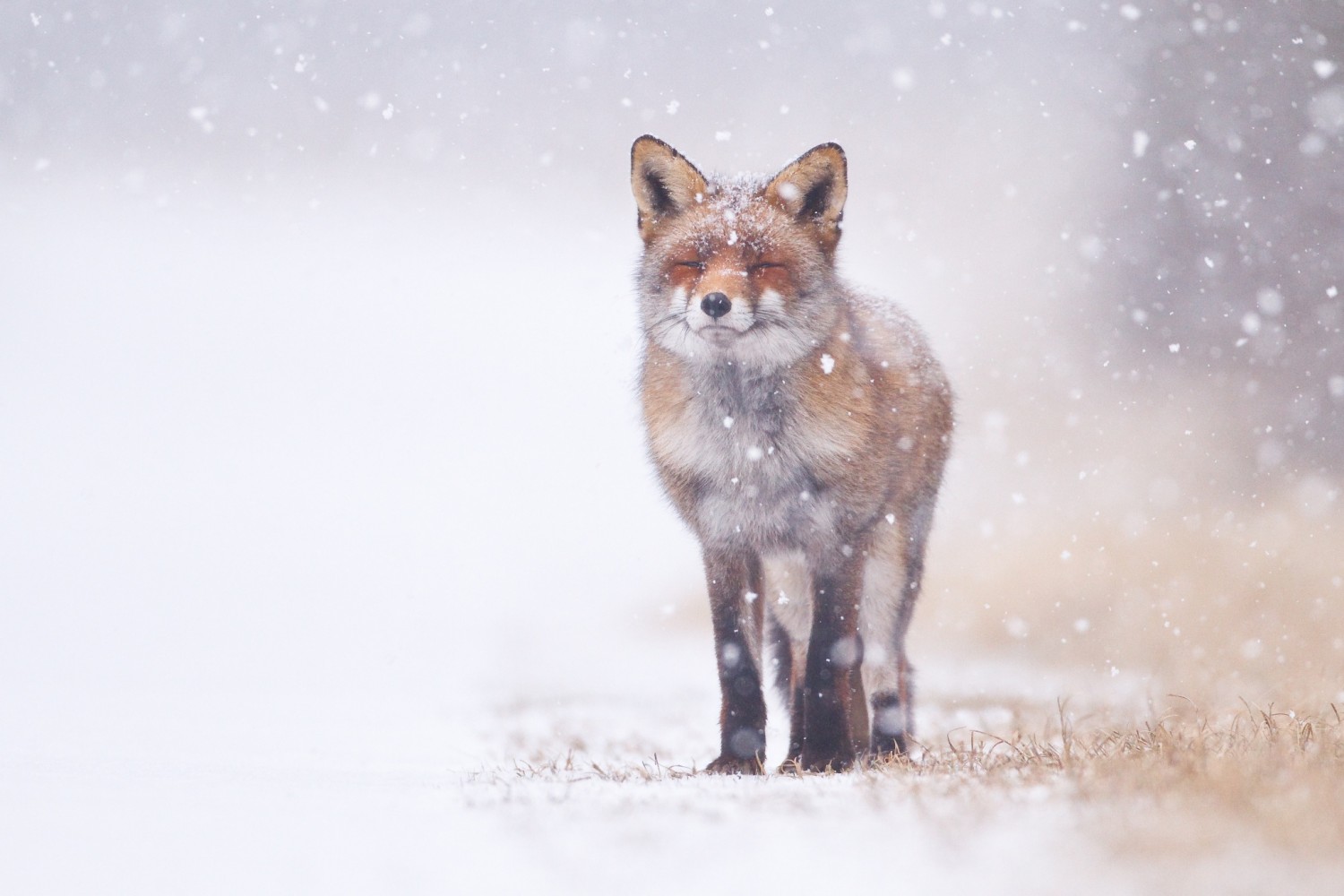
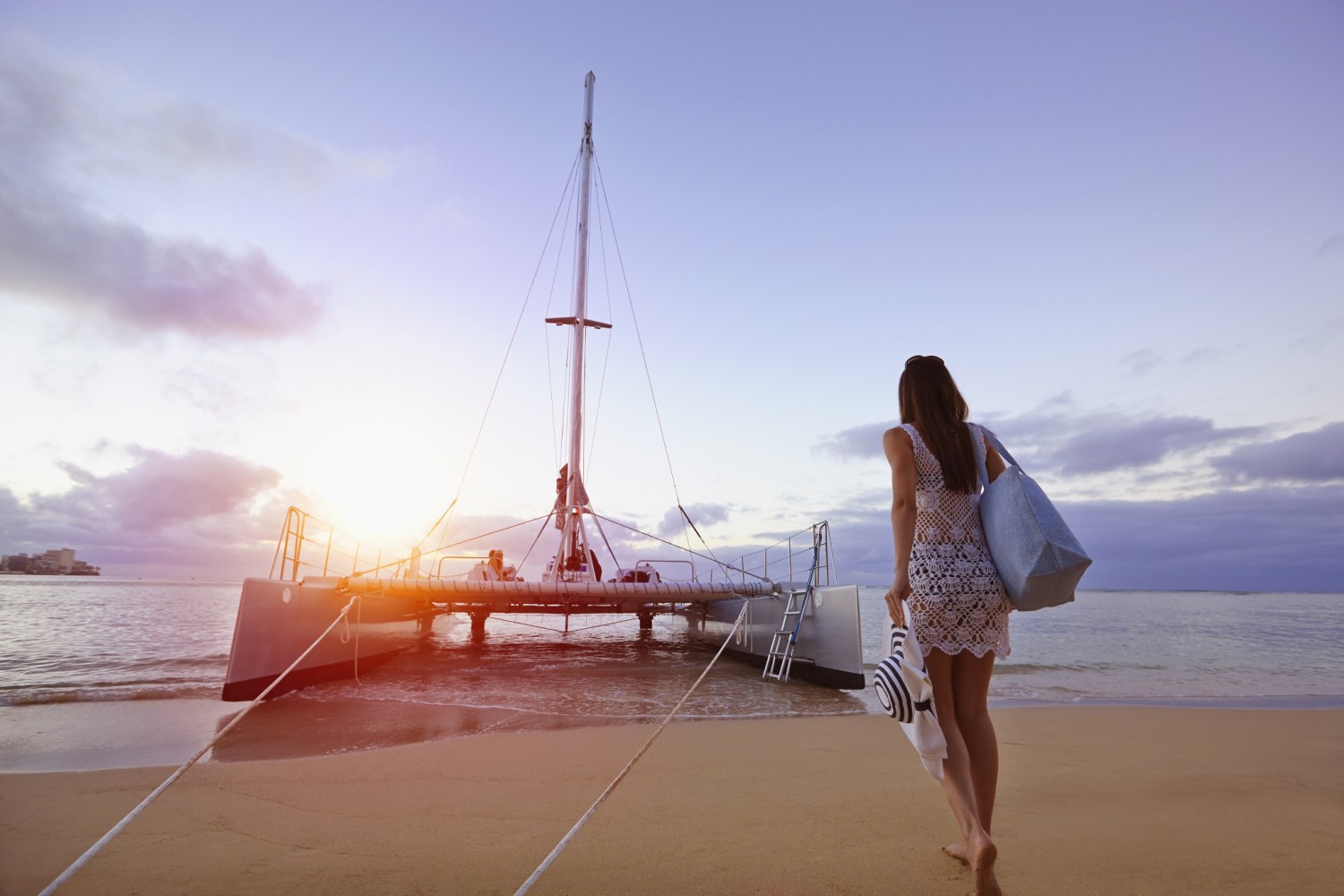
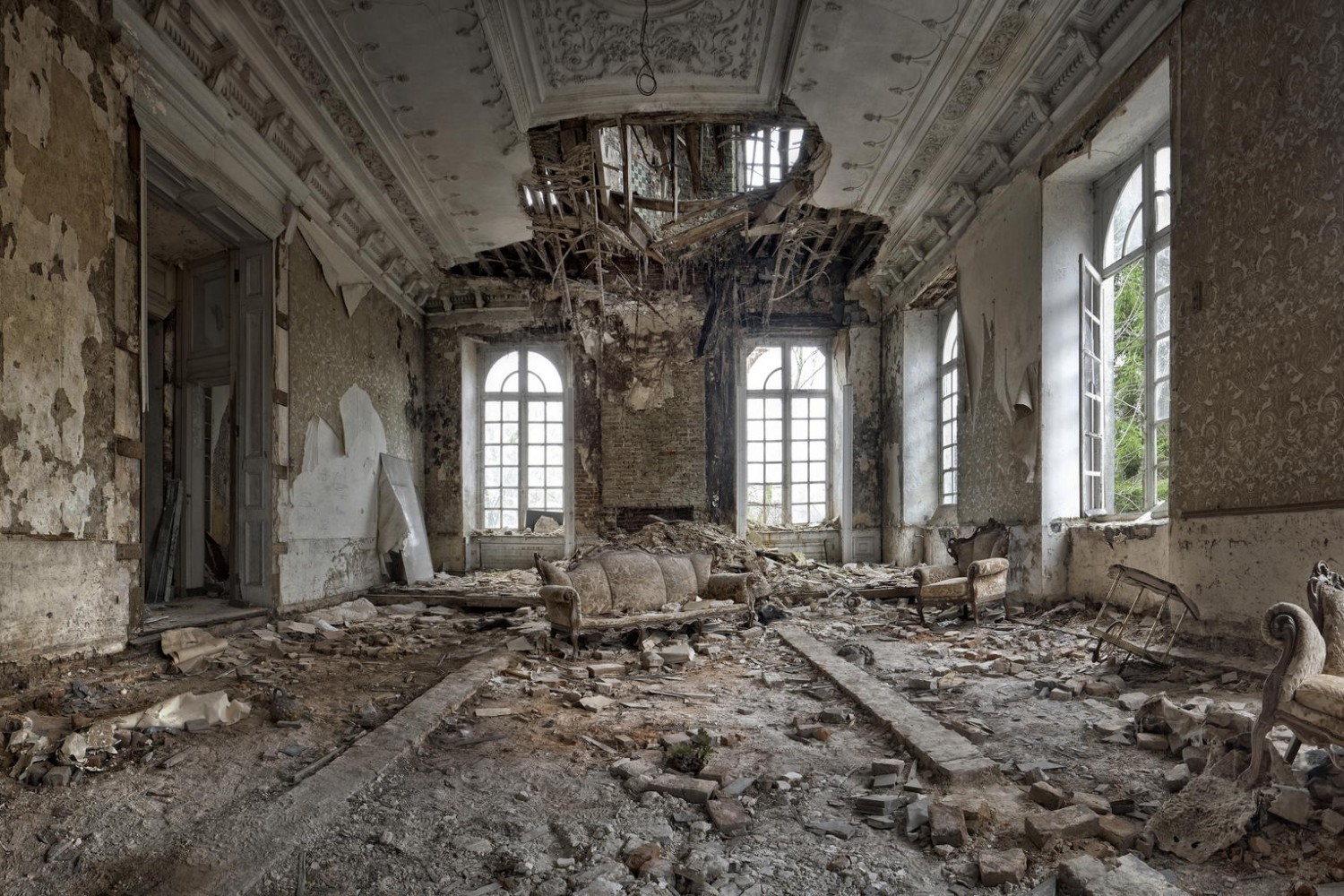
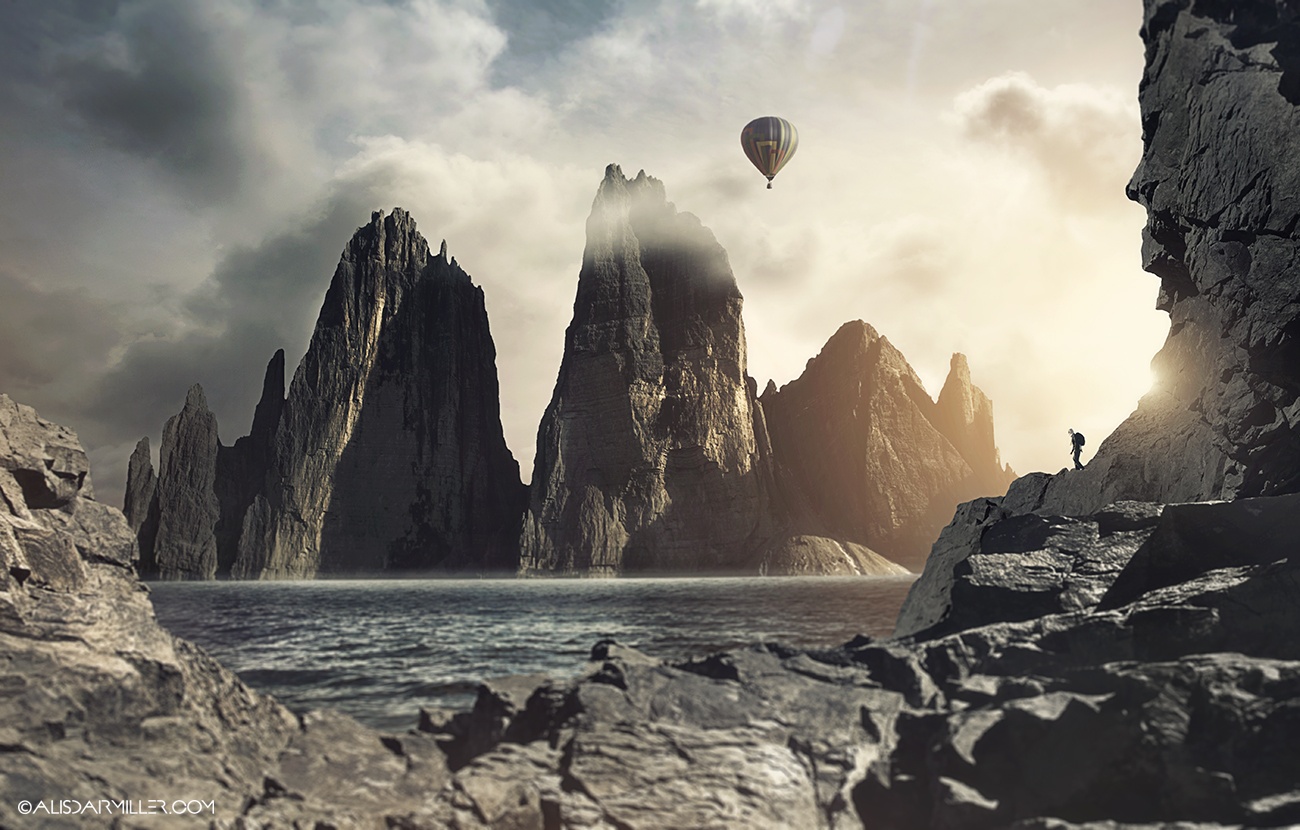

Leave a reply